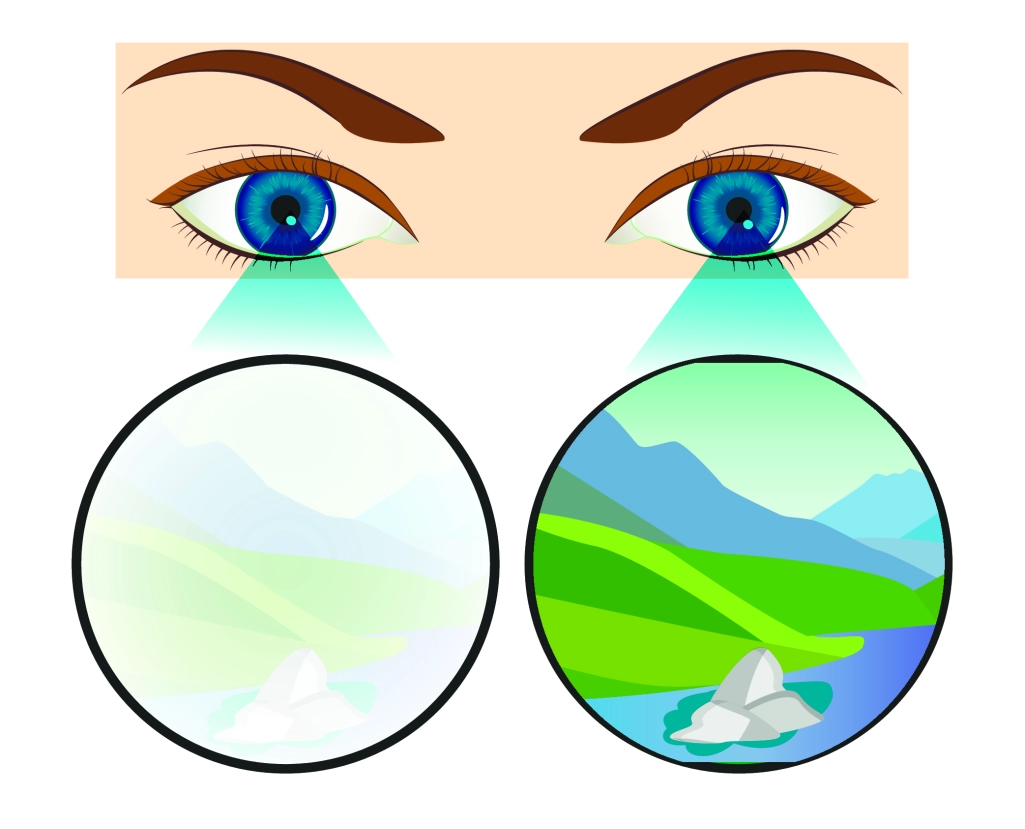Lazy Eye
OVERVIEW
Symptoms:
Poor vision in only one eye
Diagnosis:
Eye exam
Treatment:
Eye drops or Eye patch

WHAT IS AMBLYOPIA?
Amblyopia (also called lazy eye) is a type of poor vision that usually happens in just 1 eye but less commonly in both eyes. It develops when there’s a breakdown in how the brain and the eye work together, and the brain can’t recognize the sight from 1 eye. Over time, the brain relies more and more on the other, stronger eye — while vision in the weaker eye gets worse.
It’s called “lazy eye” because the stronger eye works better. But people with amblyopia are not lazy, and they can’t control the way their eyes work.
Amblyopia starts in childhood, and it’s the most common cause of vision loss in kids. Up to 3 out of 100 children have it. The good news is that early treatment works well and usually prevents long-term vision problems.

CAUSES
In many cases, doctors don’t know the cause of amblyopia. But sometimes, a different vision problem can lead to amblyopia.
Normally, the brain uses nerve signals from both eyes to see. But if an eye condition makes vision in 1 eye worse, the brain may try to work around it. It starts to “turn off” signals from the weaker eye and rely only on the stronger eye.
Some eye conditions that can lead to amblyopia are:
- Refractive errors. These include common vision problems like nearsightedness (having trouble seeing far away), farsightedness (having trouble seeing things up close), and astigmatism (which can cause blurry vision). Normally, these problems are easy to fix with glasses or contacts. But if they’re not treated, the brain may start to rely more on the eye with stronger vision.
- Strabismus. Usually, the eyes move together as a pair. But in kids with strabismus, the eyes don’t line up. One eye might drift in, out, up, or down.
- Cataract. This causes cloudiness in the lens of the eye, making things look blurry. While most cataracts happen in older people, babies and children can also develop cataracts.
SYMPTOMS
Symptoms of amblyopia can be hard to notice. Kids with amblyopia may have poor depth perception — they have trouble telling how near or far something is. Parents may also notice signs that their child is struggling to see clearly, like:
- Squinting
- Shutting 1 eye
- Tilting their head
In many cases, parents don’t know their child has amblyopia until a doctor diagnoses it during an eye exam. That’s why it’s important for all kids to get a vision screening at least once between ages 3 and 5.
